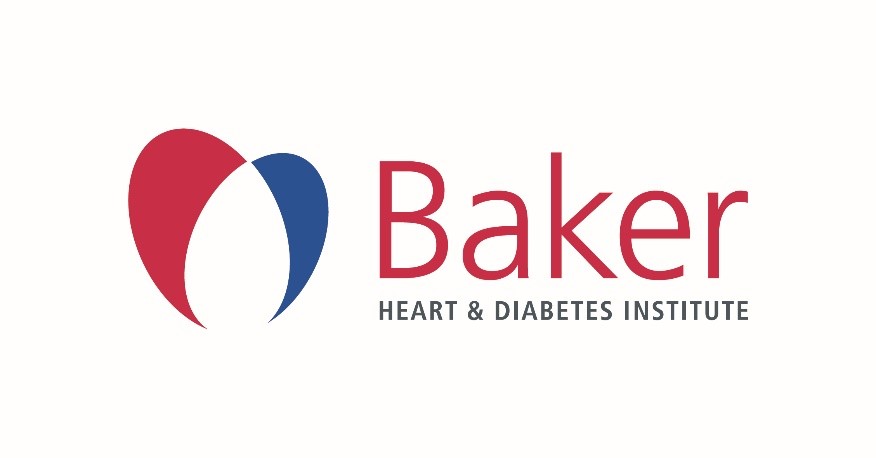Visions by WIMIN: BIPOC Representation Matters.
Jenny N Ijoma; Mahnue Sahn; Kyeara N Mack; Eman Akam; Kimberly J Edwards; Xiaowei Wang; Anmol Surpur; Kelly E Henry
Abstract
Racial, ethnic, and gender representation in an academic setting means that teachers, professors, and other leaders reflect the demographics of the student body in the educational and professional spaces that they serve. This form of representation, which is often intersectional, strengthens communities and improves student outcomes, from as early as primary and secondary education, through to college education and beyond. Representation matters because it can shape the reputation and self-image of women and Black, Indigenous, and People of Color (BIPOC) within environments dominated by over-represented majorities (ORMs). From the perspective of BIPOC women trainees, the lack of BIPOC faculty who are visible minorities, particularly at the most senior level positions, often conjures questions of whether academia is a realistic career path for aspiring minority students. This article focuses on the key component of representation in the United States (U.S.), highlighting our vision for a solution for the so-called "leaky pipeline" for BIPOC in science, technology, engineering, and mathematic with action items to end it.
| Journal | MOLECULAR IMAGING AND BIOLOGY |
| ISSN | 1860-2002 |
| Published | 01 Jun 2022 |
| Volume | 24 |
| Issue | 3 |
| Pages | 353-358 |
| DOI | 10.1007/s11307-021-01663-4 |
| Type | Journal Article |
| Sponsorship | Baker Heart and Diabetes Institute: BF17002 |


